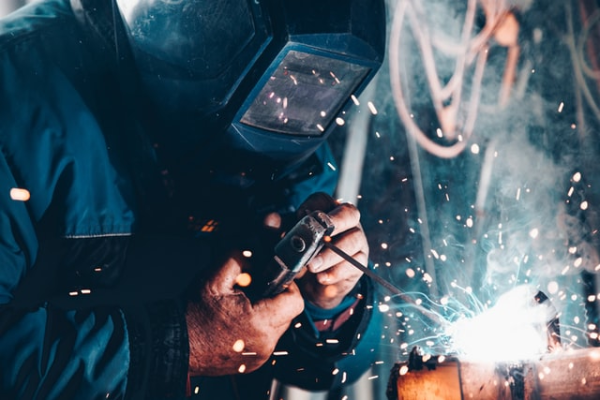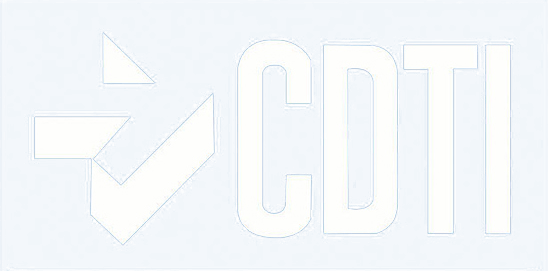
Safety hazards associated with Oil and Gas extraction activities
Despite the current prominence that renewable energies have taken, the Oil and Gas industry still accounts for the majority of the world’s energy generation. Likewise, this industry keeps its classification as one of the most dangerous industries for workers.
Employees in the Oil and Gas extraction are engaged in many different industrial processes that are needed to successfully drill. These processes frequently require the use of specialized equipment and specialized work crews.
At ENGIDI we want to raise awareness of the danger to which workers in Oil and Gas extraction are subjected. Here is a list of the most common accidents in this industry:
1. Vehicle Collisions
One of the most dangerous places for workers, especially in Oil and Gas, isn’t on site– it’s on the road. OSHA reports that nearly 4 out of 10 workers killed in Oil and Gas are killed due to highway vehicle accidents. Since all items must be transported to remote fracking sites, highway vehicle crashes are common and very lethal.
2. Struck-By/ Caught-In/ Caught-Between
OSHA reported that three out of five fatalities on Oil and Gas extraction sites were the result of being struck by, caught in, or caught between hazards, including vehicles, high-pressure lines, and falling equipment. The chance of fatality increases when an employee is working by him- or herself.
3. Explosions and Fires
In the Oil and Gas industries workers are exposed to many flammable vapors and gases. The exposure to hazardous chemicals poses a major risk to on-site employees as management of either can be difficult. The U.S. Bureau of Labor Statistics found that the Oil and Gas industry has more deaths caused by fires and explosions than any other private industry in the U.S.
4. Falls
While not as flashy as other risks, slips, trips, and falls are a significant hazard in the Oil and Gas industry. Fall and slip protection is required at all times, and employees should always be trained on the proper use of safety measures and protective equipment before attempting use.
5. Confined Spaces
Work in confined spaces is necessary but extremely dangerous. If the confined space fills with a dangerous substance, caves in, or has an exit blocked, a worker’s life is at risk. Before entering, staff should ensure they are taking appropriate protocol and assess the work environment properly before entering.
Incorporating technology to reduce danger
Companies have incorporated stricter safety measures in recent years to prevent occupational accidents caused by Oil and Gas extraction. However, although workers are trained and have equipment to protect themselves from these accidents, some situations can only be prevented by incorporating technological tools.
Technology makes it possible to obtain and analyze data that workers cannot on their own, such as air quality, weather conditions, the location of a missing person, etc.
Engidi’s technology incorporates the IoT into workers’ individual protection equipment in order to minimize the risks to which workers are subjected to the maximum possible extent.
Share this article on your Social Media:
